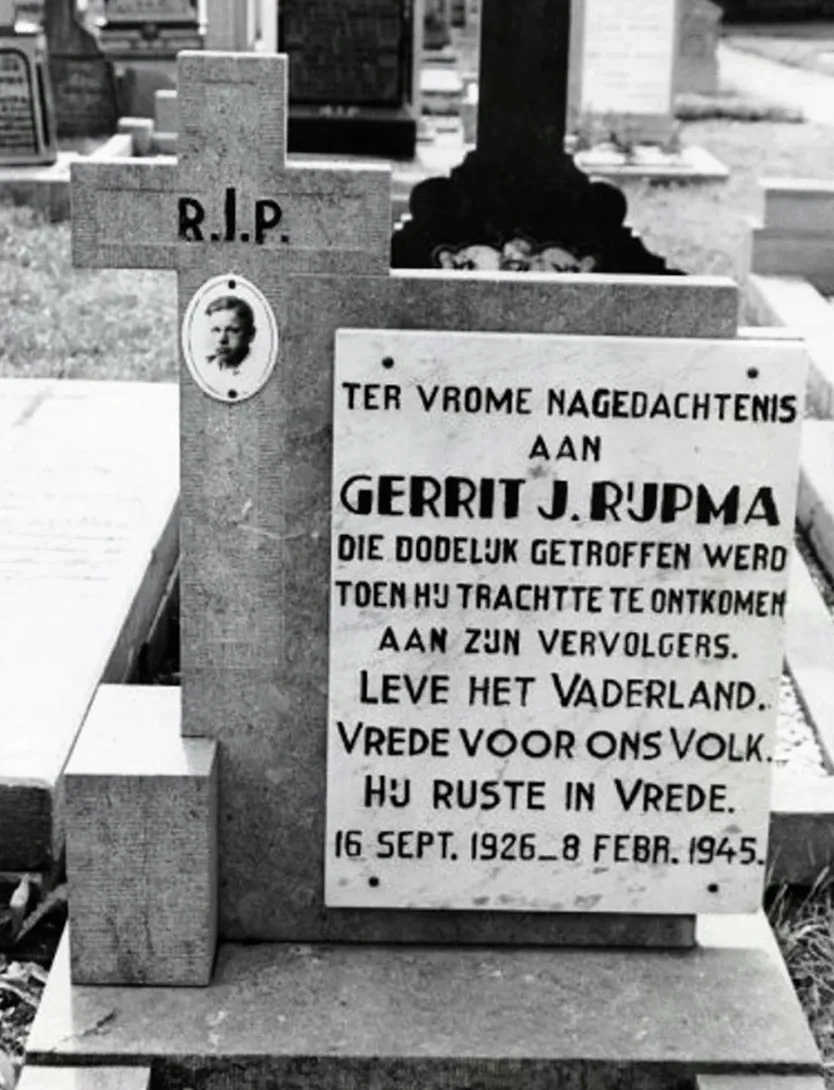Locations
1201 to 1224 of 5449 results
-
Zwembad De Klomp
Zwembad De Klomp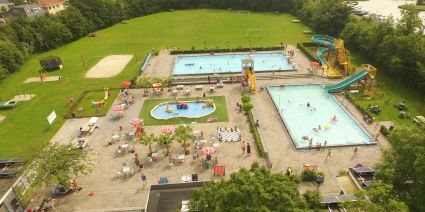 Wommels
Wommels
Tip
from your location
-
Harteluk
Harteluk Joure
Joure
from your location
-
Bibliotheek Workum
Bibliotheek Workum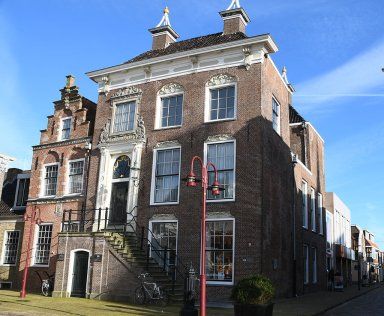 Workum
Workum
from your location
-
Lutz Watervilla's - Wettervilla Fiif
Lutz Watervilla's - Wettervilla Fiif Balk
Balk
Direct boekbaar
from your location
-
Het Weeshuis
Het Weeshuis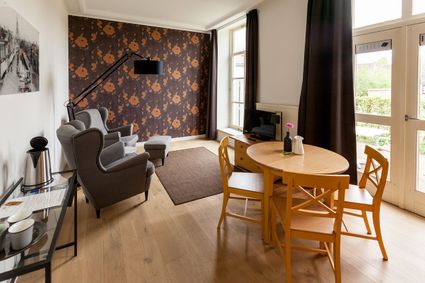 Bolsward
Bolsward
from your location
-
Restaurant de Goudenleeuw
Restaurant de Goudenleeuw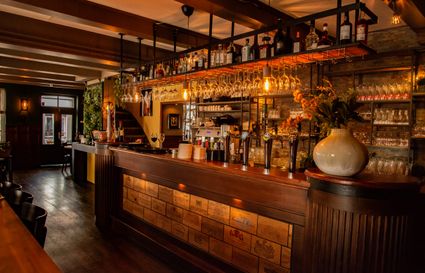 Terherne
Terherne
from your location
-
E-bike oplaadpunt in Boazum
E-bike oplaadpunt in Boazum Boazum
Boazum
from your location
-
Poem 'Graf te Blauwhuis'
Poem 'Graf te Blauwhuis'
The small village of Abbega and the neighbouring hamlet of Abbegaasterketting hid dozens of people in hiding during the war. In February 1945, a raid shocked the small community. Resistance fighter Gerrit Rijpma, 18, was fatally hit in the process. The famous Dutch writer Gerard Reve, who lived next door to a sister of Gerrit Rijpma in nearby Greonterp from 1953 to 1971, was deeply moved by the story of his neighbour's youngest brother. As a tribute to Gerrit, he wrote the poem 'Graf te Blauwhuis'.
According to witnesses, as many people in hiding lived in Abbega and the neighbouring hamlet of Abbegaasterketting as civilians.
Among them were Jewish people in hiding, people who had participated in railway strikes, deserters and young men from the surrounding area who wanted to avoid forced labour. Weapons for the resistance were also hidden there.
Abbegaasterketting was located next to the Bolswardervaart canal, and the absence of paved roads made access difficult. In addition, the inhabitants had implemented an ingenious alarm system: by means of an electric bell, people warned each other when something was wrong, and two people in hiding were on guard every night.
On 8 February 1945, at around half past eleven in the morning, the alarm bell sounded in the Rijpma family home. At that time, the brothers Yp and Gerrit were working in the barn.
When they went outside, they saw a lot of people running away in panic. This is why the brothers decided to sail down the Bolswardervaart, which divides the hamlet in two pieces, in a rowing boat. They hoped that they could get themselves to safety a little bit further on in a bend of the canal, behind the net. On their way there, they picked up their neighbour Minze van der Veen and a person in hiding, who were standing on the other side of the canal. Meanwhile, the German soldiers, aided by members of the Landwacht, a Dutch semi-military organisation, had set off in pursuit and opened fire on the fleeing people. Minze van der Veen was hit in his right elbow. Gerrit was hit three times: one bullet went straight through his body, another lodged in his back, and the third bullet went through his cheeks and teeth. Because the occupiers refused to help, Yp had to carry his dying brother to the boat and take him to a farmhouse nearby all by himself. The help from a woman living in the neighbourhood, who was a nurse, came too late. In great haste, curate Stolwijk of Blauwhuis was sent for, who administered the last rites to Gerrit. He died shortly afterwards. He was buried in the Catholic Cemetery in Blauwhuis.
The famous Dutch writer Gerard Reve, who lived in nearby Greonterp next to a sister of Gerrit Rijpma from 1953 to 1971, was deeply touched by the story of his neighbour's youngest brother. As a homage to Gerrit, he wrote the poem 'Grave in Blauwhuis':
GRAVE IN BLAUWHUIS (for neighbour H., in G.) He ran away, but did not escape, and was hit, and died, eighteen years old. A militant inscription cries out loud, but a sad and silent face looks out from the brown enamelled portrait. Still a child. Goodbye dear boy. You, who are King, of this and that, of whatever, yes, You, answer me, You know why, I don't. That Kingdom of Yours, remember, will it ever be?
In 1983, the mortal remains of Gerrit were transferred from the cemetery of Blauwhuis to Loenen National War Cemetery.
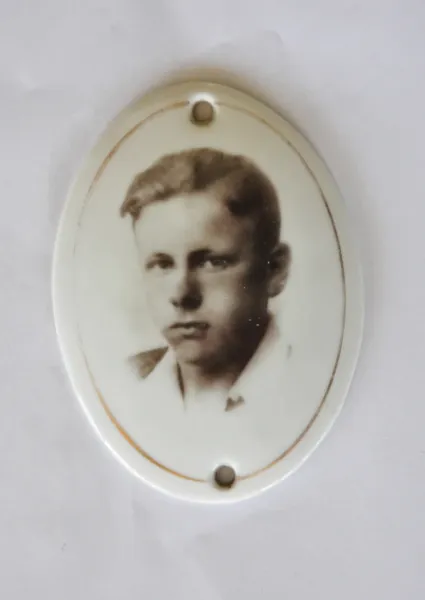 Greonterp
Greonterp
from your location
-
-
Tolhuisje Zwette
Tolhuisje Zwette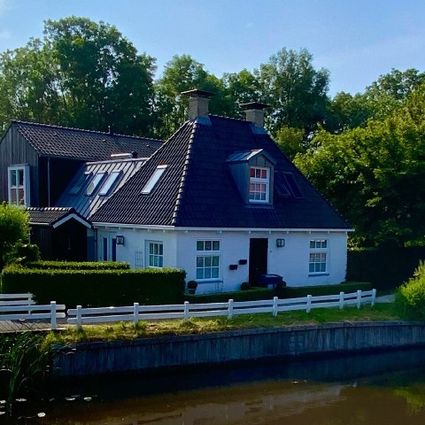 Sneek
Sneek
from your location
-
Blik Havenbar!
Blik Havenbar!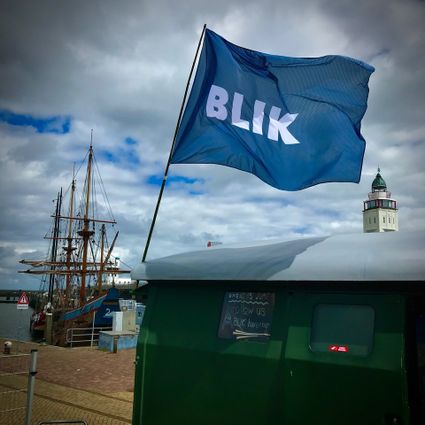 Harlingen
Harlingen
from your location
-
Rienk's bike rental
Rienk's bike rental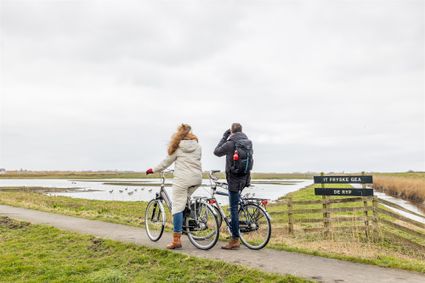 Tzummarum
Tzummarum
from your location
-
Vijvertuin De Waterjuffer
Vijvertuin De Waterjuffer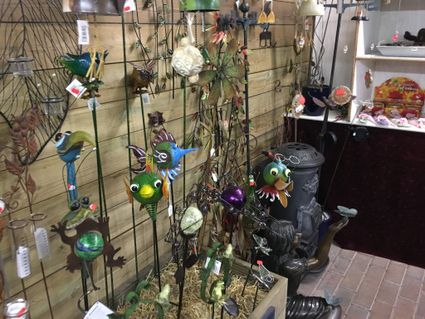 Augustinusga
Augustinusga
from your location
-
Watervillapark Idskenhuizen - Swanneblom
Watervillapark Idskenhuizen - Swanneblom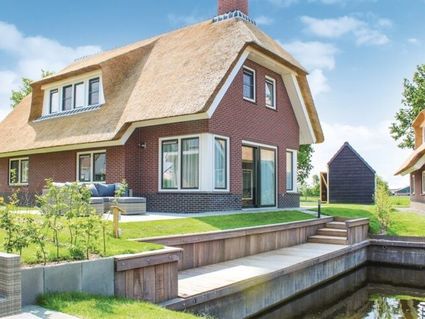 Idskenhuizen
Idskenhuizen
Direct boekbaar
from your location
-
Kaatsende kabouter
Kaatsende kabouter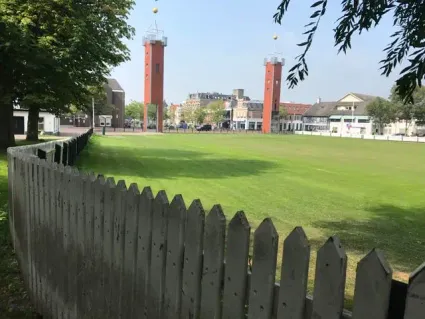 Franeker
Franeker
from your location
-
City Hall of Bolsward
City Hall of Bolsward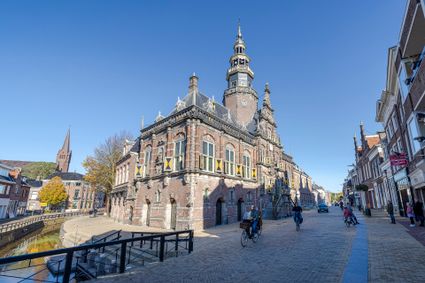 Bolsward
Bolsward
from your location
-
Golfloods
Golfloods Harlingen
Harlingen
from your location
-
Galerie Terbeek
Galerie Terbeek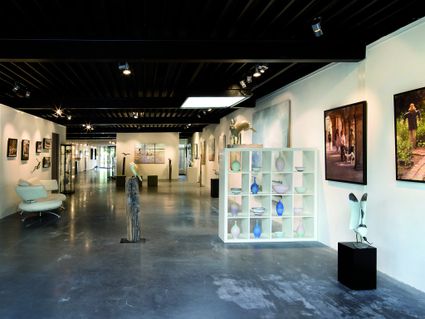 Echtenerbrug
Echtenerbrug
from your location
-
Camping Johanna Hoeve
Camping Johanna Hoeve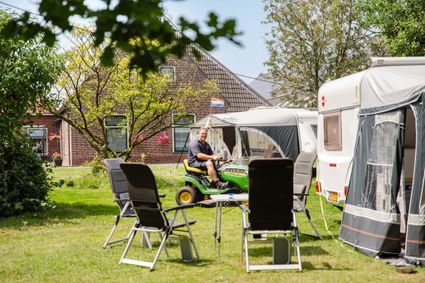 Ryptsjerk
Ryptsjerk
from your location
-
B&B 't Strunerke
B&B 't Strunerke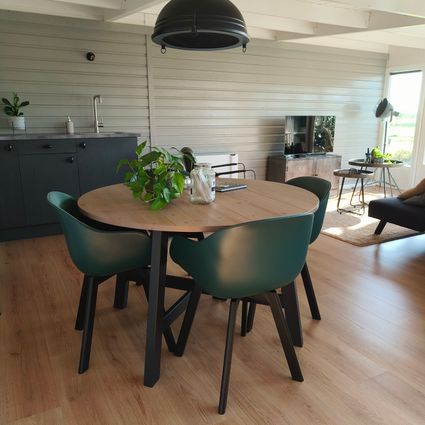 Augustinusga
Augustinusga
from your location
-
Waddenhuisverhuur Wad'n Geluk
Waddenhuisverhuur Wad'n Geluk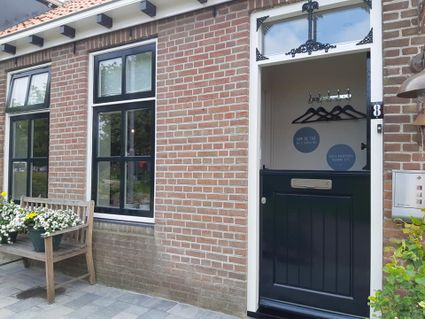 Paesens
Paesens
from your location
-
Alde Feanen - Jan Durkspolder - Vogelkijkhut
Alde Feanen - Jan Durkspolder - Vogelkijkhut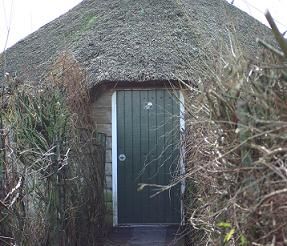 Oudega Gem Smallingerlnd
Oudega Gem Smallingerlnd
from your location
-
Uniastate en Tsjerke Bears
Uniastate en Tsjerke Bears Bears
Bears
from your location
-
De sluis van Ouwe Syl
-


Accept cookies to see this content.
-
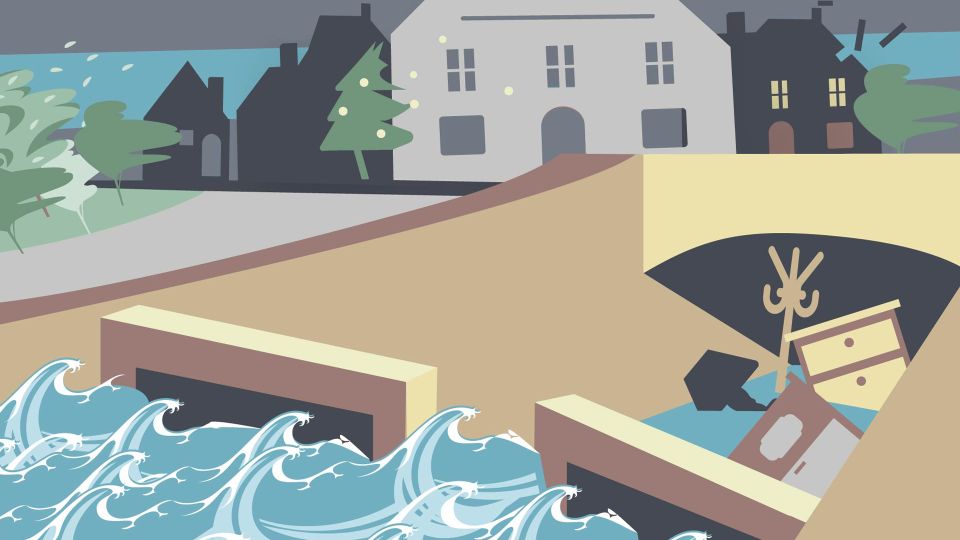
-

De sluis van Ouwe Syl
(beluister hier het audioverhaal)
Waar anders dan hier spreek je af met dorpsgenoten? Op de 'pyp' natuurlijk: de brug over de zijl, de sluis. De sluis is het natuurlijke middelpunt van Oudebildtzijl. Het dorp dankt zijn ontstaan én naam aan de sluis. In het Bildtse dialect dat hier gesproken wordt: Ouwe Syl.
De sluis – van hout - wordt in 1507 in de pas aangelegde vijftien kilometer lange dijk getimmerd en is onderdeel van een grootschalige inpoldering. 'Skep foor skep' veroveren arbeiders hier land op zee, de vroegere monding van de Middelzee om precies te zijn. De sluis, op de plek waar de Oude Rij in zee stroomt, zorgt voor afwatering van de vruchtbare polder. Schepen kunnen via de schutsluis naar de Waddenzee en terug landinwaarts. Aanleggen kan bij de kolk, een klein haventje achter het café.
Een eeuw later, rond 1600 is alweer land aangeslibd en komt er een nieuwe afwateringssluis twee kilometer noordwaarts: de Nije Syl (de nieuwe zijl, sluis), waar ook een gehucht ontstaat. Het dorp met de oude sluis verandert dan van Bildtsyl naar Ouwe-Syl.
Toch is de sluis van het oude Bildt nog steeds onderdeel van de waterkering. De dijk functioneert namelijk nog als slaperdijk, een reservedijk dus. De eikenhouten deuren die je in de sluis ziet hangen kúnnen het water tegenhouden. Ze zijn in 2006 geplaatst omdat de oorspronkelijke deuren waren verdwenen. Tot die tijd lagen er tientallen balken achter het café, die in geval van nood in de sluis geschoven konden worden.
De Sylsters zullen tegenwoordig niet wakker liggen van hoog water. Een paar eeuwen geleden was dat wel anders. Als er tijdens Kerst 1717 een stormvloed over de kust raast bijvoorbeeld. Het zoute zeewater dreigt de polders in te stromen en de sluis begeeft het bijna. De heldhaftige timmerman Krelis Anne laat de Sylsters als de wiedeweerga een huis afbreken en het puin in de sluis storten. Het dorp is gered, net als het achterland. Iemand die goed bevelen uit kan delen staat hier op 'e Syl nog altijd bekend als iemand die 'ken kommendere als Baas Krelis.'
Ingesproken door:
Als architect leeft Alex van de Beld tussen twee werelden; de wereld van het landschap en de natuur, met daarnaast de wereld van de kunst en de cultuur. Alex werkt al zijn hele leven om die werelden te verbinden. Dat is volgens hem nu meer dan ooit nodig, willen we een nieuwe toekomst ontwerpen.Alex leerde Joop Mulder in de aanloop naar 2018 kennen. “Joop was iemand die verschillende culturen bij elkaar bracht, zoals een sluis water met elkaar verbindt. Dat is meer en meer nodig om een inspirerende leefomgeving te maken waarin iedereen zijn plek vindt. Daarom zullen we Joop Mulder missen. Maar we gaan met zijn mentaliteit, creativiteit en zijn sense of place aan de slag voor het landschap van de toekomst.”
Dit verhaal is onderdeel van de route Gemalen Verhalen van Sense of Place
 Oude Bildtzijl
Oude Bildtzijl
from your location
-
-
Pean - Waterlodge Blaupoatsje
Pean - Waterlodge Blaupoatsje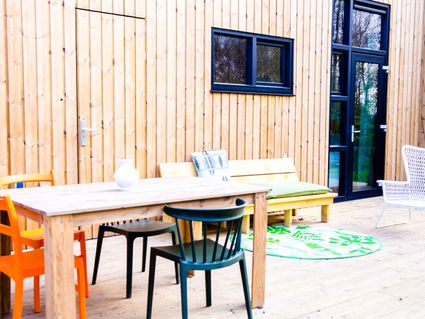 Nes (gemeente Heerenveen)
Nes (gemeente Heerenveen)
Direct boekbaar
from your location

